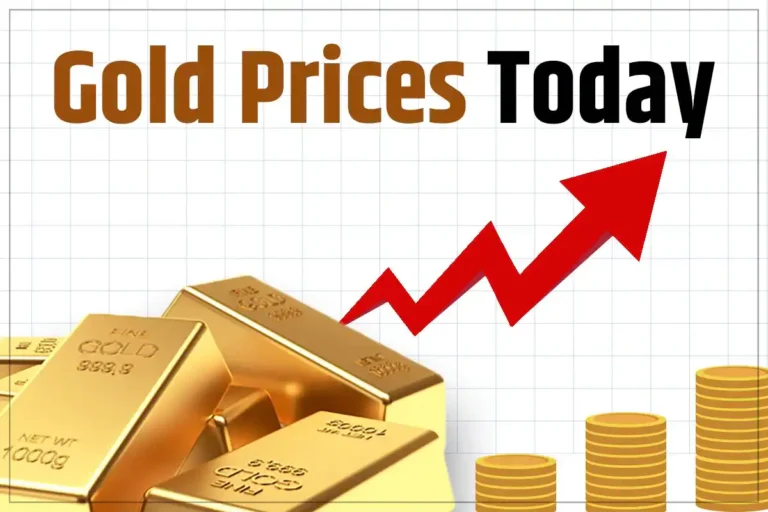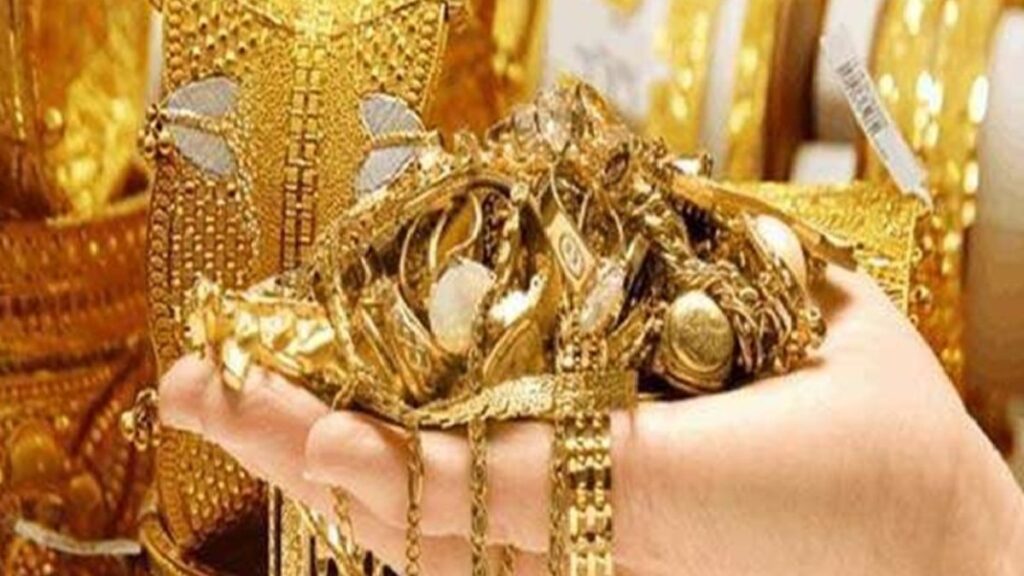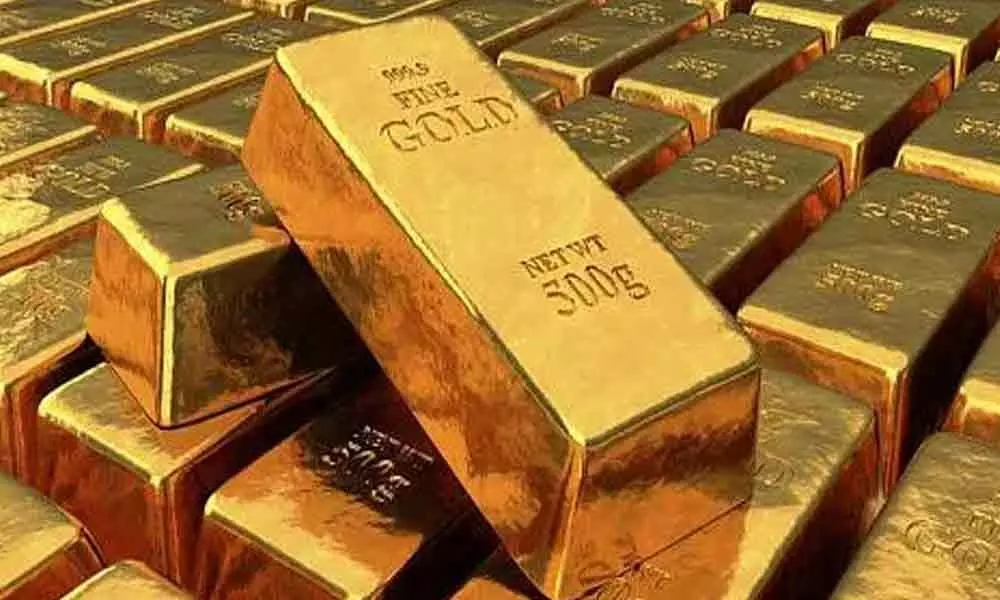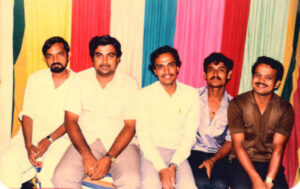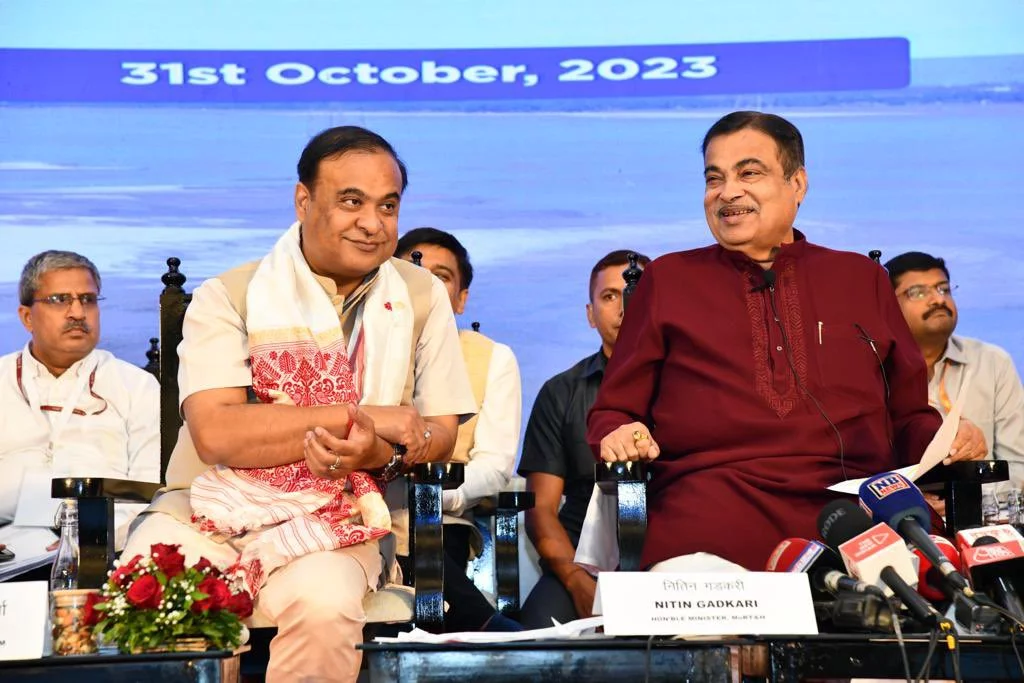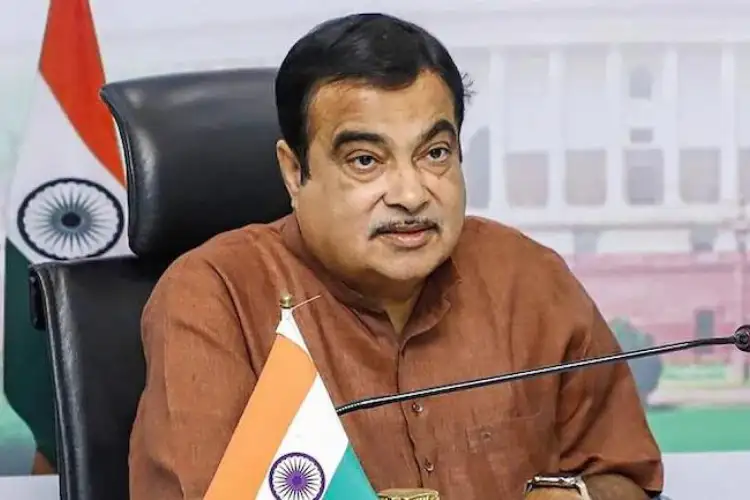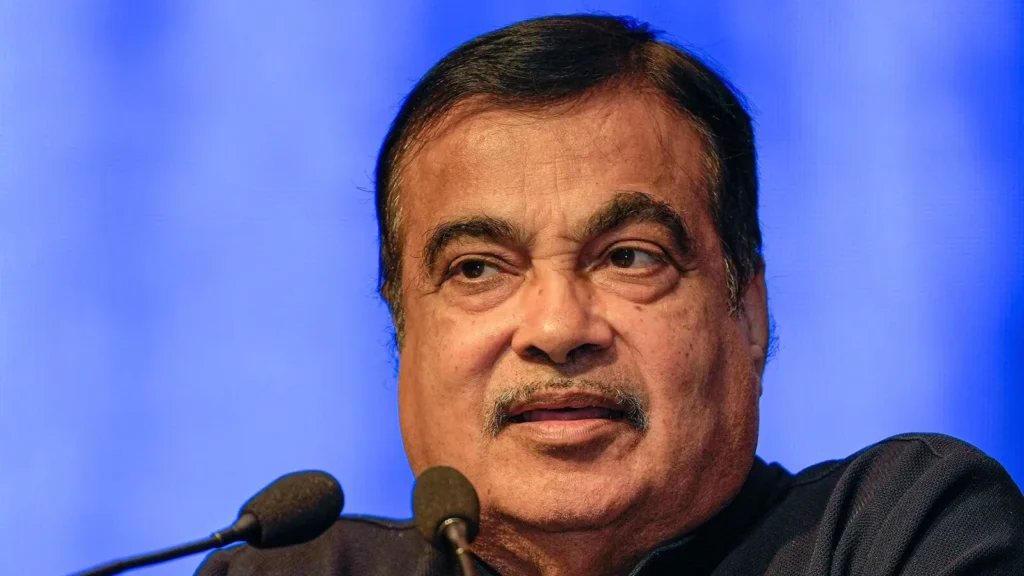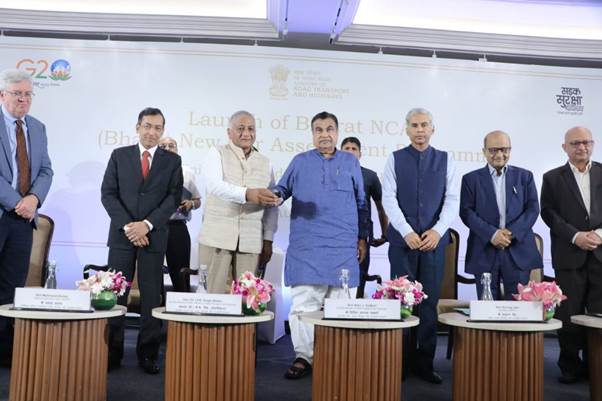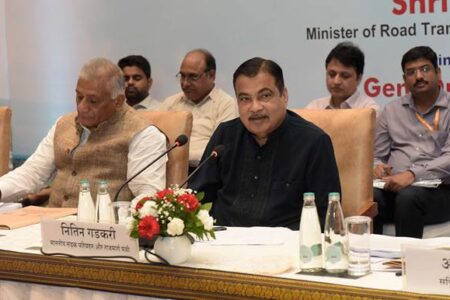Kalpana Chawla – The Name That Inspires Millions | Success Story
“The remarkable journey of courage and the determination that made this Indian woman, hailing from a small town in Haryana, a citizen of the Milky Way will remain a source of pride for all Bharatvasis and Bharatvanshis,” these were the touching words of the former President of India, APJ Abdul Kalam who paid his tribute to Kalpana Chawla.
Chawla, along with six other astronauts, lost their lives in the ill-fated Columbia Space Shuttle disaster in 2003. The entire world mourned her death. Sir Kalam added, “It will also inspire young Indians, especially women, to dream big and to work hard to realize their dreams.”
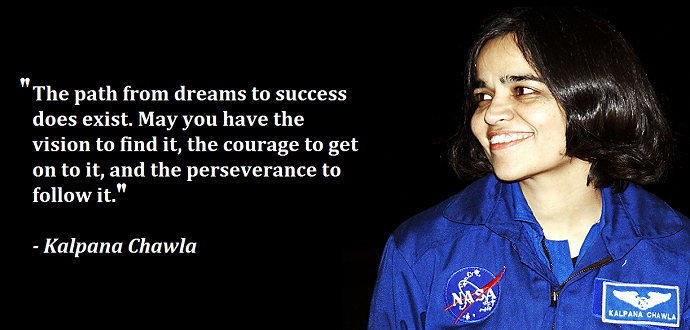
Kalpana Chawla – The Name That Inspires Millions | Success Story
Kalpana Chawla was an Indian-American astronaut and the first woman of Indian origin to travel to space. Born on March 17, 1962, in Karnal, Haryana, India, she was passionate about flying from a young age.
Kalpana Chawla earned a Bachelor of Engineering degree in Aeronautical Engineering from Punjab Engineering College in India, before moving to the United States to pursue her passion for aerospace engineering. She obtained a Master of Science degree in Aerospace Engineering from the University of Texas and then a Doctorate in Aerospace Engineering from the University of Colorado.
In 1994, Chawla was selected by NASA as an astronaut candidate and became a naturalized U.S. citizen. She flew on her first space mission aboard the Space Shuttle Columbia in 1997 as a mission specialist and primary robotic arm operator. This mission, designated STS-87, focused on conducting various scientific experiments.
Tragically, on her second space mission, STS-107, which took place in 2003, the Space Shuttle Columbia disintegrated during re-entry into the Earth’s atmosphere, resulting in the loss of the entire crew. Kalpana Chawla, along with six other astronauts, lost her life in this tragic accident on February 1, 2003.
Kalpana Chawla’s achievements, dedication to space exploration, and her contributions to science and technology continue to inspire people around the world. She remains an icon in the field of space exploration, particularly for her courage, passion, and commitment to pursuing her dreams despite the challenges she faced.
Kalpana Chawla, the first woman of Indian origin to travel to space, had a childhood rooted in ambition and a passion for flying.
Born on March 17, 1962, in Karnal, Haryana, India, Kalpana was fascinated by the world of aviation from an early age. She grew up in a middle-class family and attended Tagore Baal Niketan School in Karnal, where her curiosity about airplanes and flying sparked. As a young girl, she often expressed her desire to become a pilot and soar through the skies.
Kalpana’s determination to pursue her dream of flying airplanes was evident in her academic pursuits. She excelled in her studies and demonstrated a keen interest in mathematics and science, which paved the way for her career in aeronautical engineering.
Her parents supported her aspirations and encouraged her to pursue her education in a field that interested her. Kalpana’s drive, coupled with her academic excellence, eventually led her to pursue a degree in Aeronautical Engineering at Punjab Engineering College in Chandigarh, India.
Her childhood experiences, coupled with her passion for aviation, laid the foundation for her remarkable journey towards becoming an accomplished astronaut and a role model for aspiring scientists and aviators worldwide.
Kalpana Chawla was named by her parents. The name “Kalpana” in Sanskrit means “imagination” or “idea.” It reflects the creative and imaginative spirit that her parents wished to instill in her from the beginning. Her parents chose this name for her, symbolizing their aspirations and hopes for their daughter to dream big and achieve great things in life.
Kalpana Chawla pursued her education with a focus on aeronautical engineering and eventually became an accomplished astronaut. Here is an overview of her educational journey:
Schooling in India: Kalpana Chawla received her early education in India. She attended Tagore Baal Niketan School in Karnal, Haryana, where her interest in flying and aviation began to develop.
Bachelor’s Degree in Aeronautical Engineering: She graduated from Punjab Engineering College in Chandigarh, India, with a Bachelor of Engineering degree in Aeronautical Engineering. Her academic achievements and passion for aerospace engineering laid the foundation for her future career in space exploration.
Master’s Degree in Aerospace Engineering: After completing her bachelor’s degree, Kalpana Chawla moved to the United States to further her studies. She obtained a Master of Science degree in Aerospace Engineering from the University of Texas at Arlington, focusing on her passion for aeronautics.
Doctorate in Aerospace Engineering: Continuing her academic pursuits, Chawla earned a Ph.D. in Aerospace Engineering from the University of Colorado at Boulder. Her doctoral research specialized in the field of aerodynamics, further enhancing her expertise in aerospace engineering.
Kalpana Chawla’s educational background in aeronautical and aerospace engineering provided her with the knowledge and skills required for her career in space exploration. Her dedication to academic excellence and her passion for aviation eventually led her to become an astronaut and fly on two Space Shuttle missions for NASA.
Kalpana Chawla’s life is a remarkable success story marked by her achievements, determination, and pioneering spirit in the field of aerospace engineering and space exploration. Here are some of her significant accomplishments:
Becoming an Astronaut: Kalpana Chawla fulfilled her childhood dream of flying by becoming an astronaut. She was selected by NASA in 1994 and became a naturalized U.S. citizen to serve as a mission specialist on space shuttle missions.
Space Missions: Chawla flew on two space missions. Her first mission was aboard the Space Shuttle Columbia (STS-87) in 1997, where she served as a mission specialist and primary robotic arm operator. Her second and final mission was on STS-107 in 2003.
Contributions to Science: During her missions, Chawla conducted various scientific experiments related to materials processing, atmospheric studies, and space research, contributing to advancements in science and technology.
Inspiration to Women and Girls: As the first woman of Indian origin in space, Kalpana Chawla inspired countless women and girls worldwide. Her achievements shattered barriers and encouraged aspiring scientists, engineers, and astronauts to pursue their dreams regardless of gender or background.
Role Model: She became a role model and symbol of perseverance, dedication, and courage, demonstrating that with hard work and determination, one can overcome challenges and achieve extraordinary goals.
Legacy: Kalpana Chawla’s legacy continues to inspire future generations. Her life story and contributions to space exploration remain a source of inspiration and motivation for individuals interested in science, engineering, and space exploration.
Tragic Loss: Unfortunately, Kalpana Chawla and the crew of STS-107 faced a tragic fate. The Space Shuttle Columbia disintegrated upon re-entry into the Earth’s atmosphere on February 1, 2003, leading to the loss of the entire crew, including Chawla. Her tragic death was mourned globally, and she was remembered for her bravery and dedication to space exploration.
Kalpana Chawla’s remarkable achievements and contributions to the field of aerospace engineering and space exploration have left an indelible mark on history. Her legacy as an astronaut and an inspiration to countless individuals continues to endure.
Death of Kalpana Chawla
Kalpana Chawla, the accomplished astronaut and the first woman of Indian origin in space, tragically lost her life in the Space Shuttle Columbia disaster on February 1, 2003.
Chawla was a crew member on the STS-107 mission aboard the Space Shuttle Columbia. The mission was dedicated to conducting scientific research experiments in various disciplines during its 16-day journey in space. However, during re-entry into the Earth’s atmosphere on the morning of February 1, 2003, the Space Shuttle suffered a catastrophic failure, leading to the disintegration of the orbiter.
Tragically, Kalpana Chawla, along with the other six crew members, lost her life in the disaster. The entire nation of India, the space community, and the world mourned the loss of Chawla and her fellow astronauts.
The investigation that followed focused on understanding the cause of the disaster and implementing measures to prevent such incidents in the future. Kalpana Chawla’s untimely death was a profound loss for the global space community, and she is remembered for her bravery, dedication, and contributions to space exploration. Her legacy continues to inspire aspiring astronauts and scientists worldwide.
What makes Kalpana Chawla ‘Superhero?’
Kalpana Chawla is often regarded as a real-life superhero due to various qualities and accomplishments that set her apart and continue to inspire people:
Courage and Determination: She displayed immense courage and determination in pursuing her dream of becoming an astronaut. Despite facing challenges and coming from a modest background, she worked hard and achieved her goal of flying into space.
Trailblazer: As the first woman of Indian origin in space, Chawla broke barriers and paved the way for future generations of women in aerospace and science. Her achievements opened doors for others and inspired countless individuals, especially women and girls, to pursue careers in STEM fields.
Academic Excellence: Kalpana Chawla excelled academically in aeronautical and aerospace engineering. Her dedication to education and her passion for learning laid the foundation for her success in becoming an astronaut.
Contributions to Space Exploration: During her space missions, Chawla contributed to scientific research and experiments, furthering our understanding of various disciplines. Her dedication to advancing space exploration was evident in her work on these missions.
Inspiration and Role Model: Her life story, perseverance, and accomplishments continue to serve as an inspiration and role model for individuals worldwide. She is admired for her dedication, professionalism, and commitment to her dreams.
Global Impact: Kalpana Chawla’s tragic death in the Space Shuttle Columbia disaster led to a global outpouring of grief. Her legacy resonates across continents, reminding people of the risks and sacrifices associated with space exploration.
Kalpana Chawla’s life exemplifies qualities of resilience, perseverance, dedication, and the pursuit of excellence. Her remarkable journey from a small town in India to space exploration epitomizes the qualities of a superhero and continues to inspire generations to reach for the stars despite obstacles.


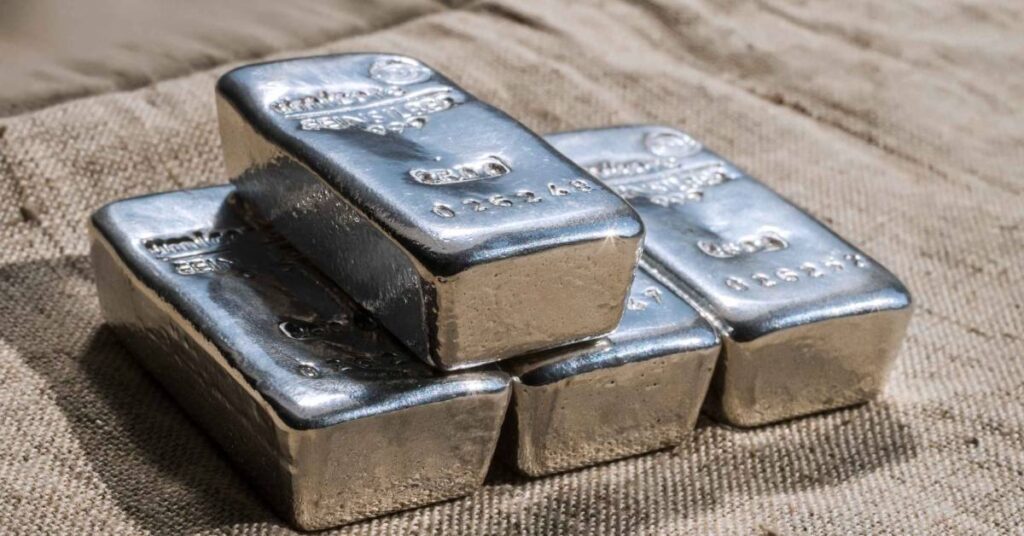
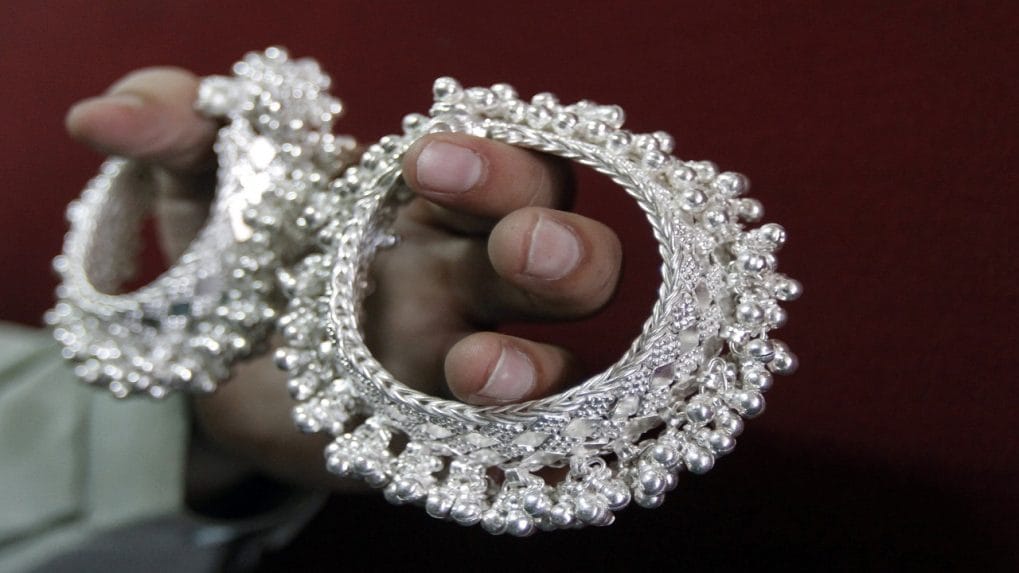
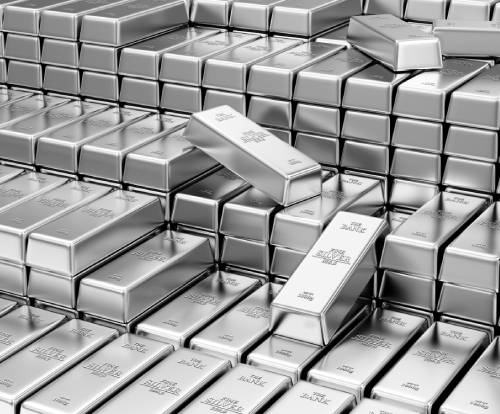
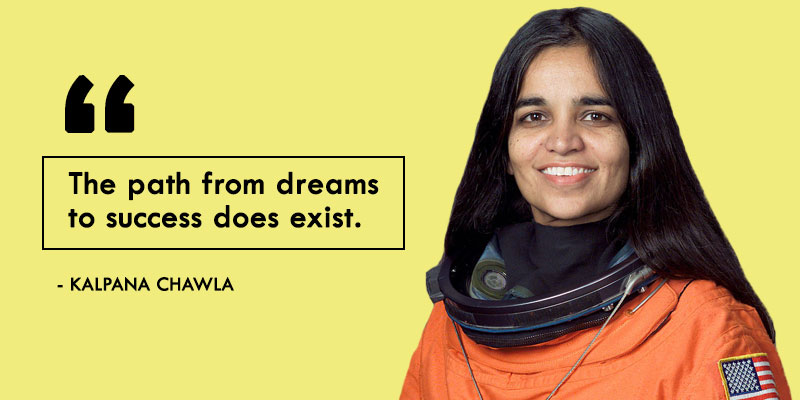





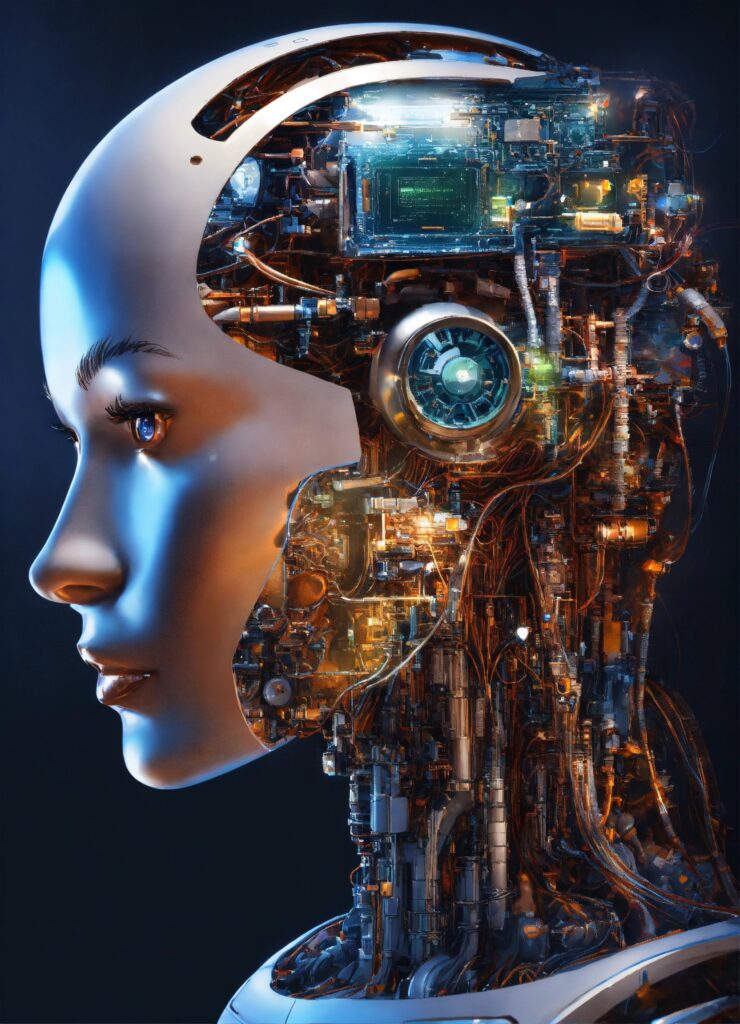
![Advantages And Disadvantages Of Artificial Intelligence [AI]](https://tradewithakanksha.com/wp-content/uploads/2023/12/the-power-of-AI-1024x585.jpg)

